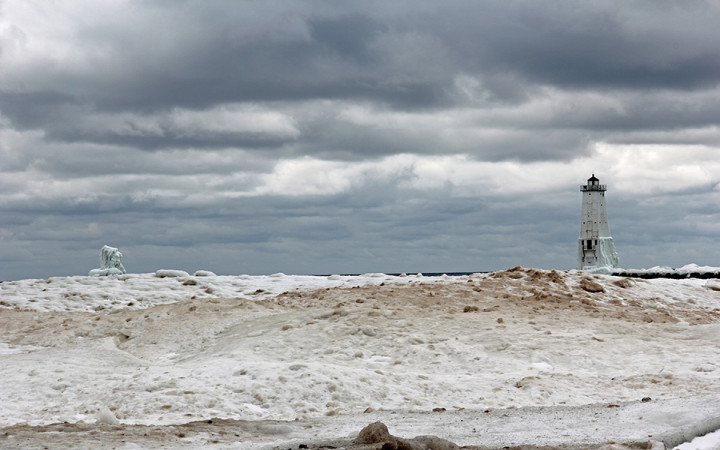When the days get short and the temperature drops, what do you look forward to? If you're like many kids, you can't wait until the day when you wake up to a fresh carpet of white snow covering the front yard.
A snow day means a day filled with snowball fights, building a snowman, and mugs of hot chocolate. Since most kids can't drive yet, they don't have to worry about bad road conditions. They hope for lots of snow. The more, the better!
Depending upon where you live, you may get lots of snow…or none at all. Generally, the farther north you live, the more likely you are to receive snow. Even in the northern parts of the United States, there are certain areas known for receiving large snowfalls every year.
If you want to maximize the amount of snow you see each year, you might want to find a home somewhere in Michigan or New York near the shores of one of the Great Lakes. In those areas, you're most likely to experience what meteorologists call lake effect snows.
Lake effect snows are exactly what they sound like. They're large snowstorms that result from the effect that the Great Lakes have on the local weather.
As large masses of cold air, usually from Canada, move south, they pass over the huge open waters of the Great Lakes. Compared to the Arctic air above, the waters of the Great Lakes are relatively warm. The larger the difference in temperature between the air and the lake waters, the greater the potential for heavy snowfall.
Warm moisture from the Great Lakes rises into the lowest level of the atmosphere. As this warm air rises, clouds form in narrow bands that can produce two to three inches of snow per hour.
Lake effect snowstorms can be difficult to predict, because they can be affected by many factors. The local geography and the temperature of the surrounding land and water play a role.
Wind can also affect lake effect snows. It's not uncommon for heavy lake effect snow to fall over one area while the Sun shines over nearby areas just a mile or two away.
Lake effect snow is most often associated with the Great Lakes region of the United States. However, there are at least two other places where this phenomenon also occurs: the east shore of Hudson Bay in Canada and the west coasts of the islands of Honshu and Hokkaido off of Japan.
So how much snow could you get during a lake effect snowstorm? A lot! The most significant lake effect snowstorms can produce snow continuously for nearly two days straight. Accumulation rates of up to six inches per hour have been measured, with 24-hour totals reaching 76 inches or more!





